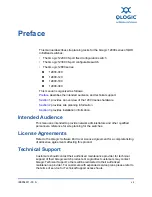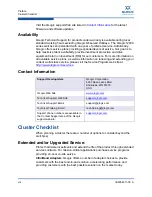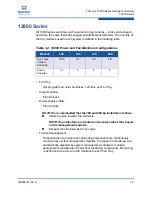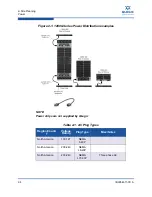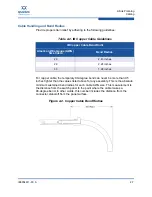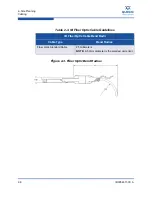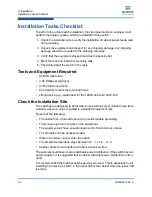
2–Site Planning
Cabling
2-6
IB0054611-00
A
Cabling
Cable Requirements
Cable Distances
When planning the location of the switches, consider the distance limitations for
signaling, EMI, and connector compatibility. It is recommended that the user does
not exceed specified transmission rate and distance limits.
Cable Guidelines
NOTE:
Building and electrical codes vary depending on the location. Comply with
all code specifications when planning the site and installing cable.
When running cable to the equipment, consider the following:
• Do not run cables where they can be stepped on or rolled over.
• Be sure cables are intact with no cuts, bends, or nicks.
• If the user is making a cable, ensure that the cable is properly crimped.
• Provide proper strain relief for IB cables.
• Support cables using a cable manager mounted above connectors to avoid
unnecessary weight on the cable bundles.
• Bundle cable using velcro straps to avoid injuring cables.
• Keep all ports and connectors free of dust.
• Untwisted Pair (UTP) cables can build up Electrostatic Discharge (ESD) charges
when being placed into a new installation. Before installing category 5 UTP
cables, discharge ESD from the cable by plugging it into a port on a system that
is not powered on.
• When required for safety and fire rating requirements, plenum-rated cable can
be used. Check the local building codes to determine when it is appropriate to
use plenum-rated cable, or refer to IEC standard 850.


